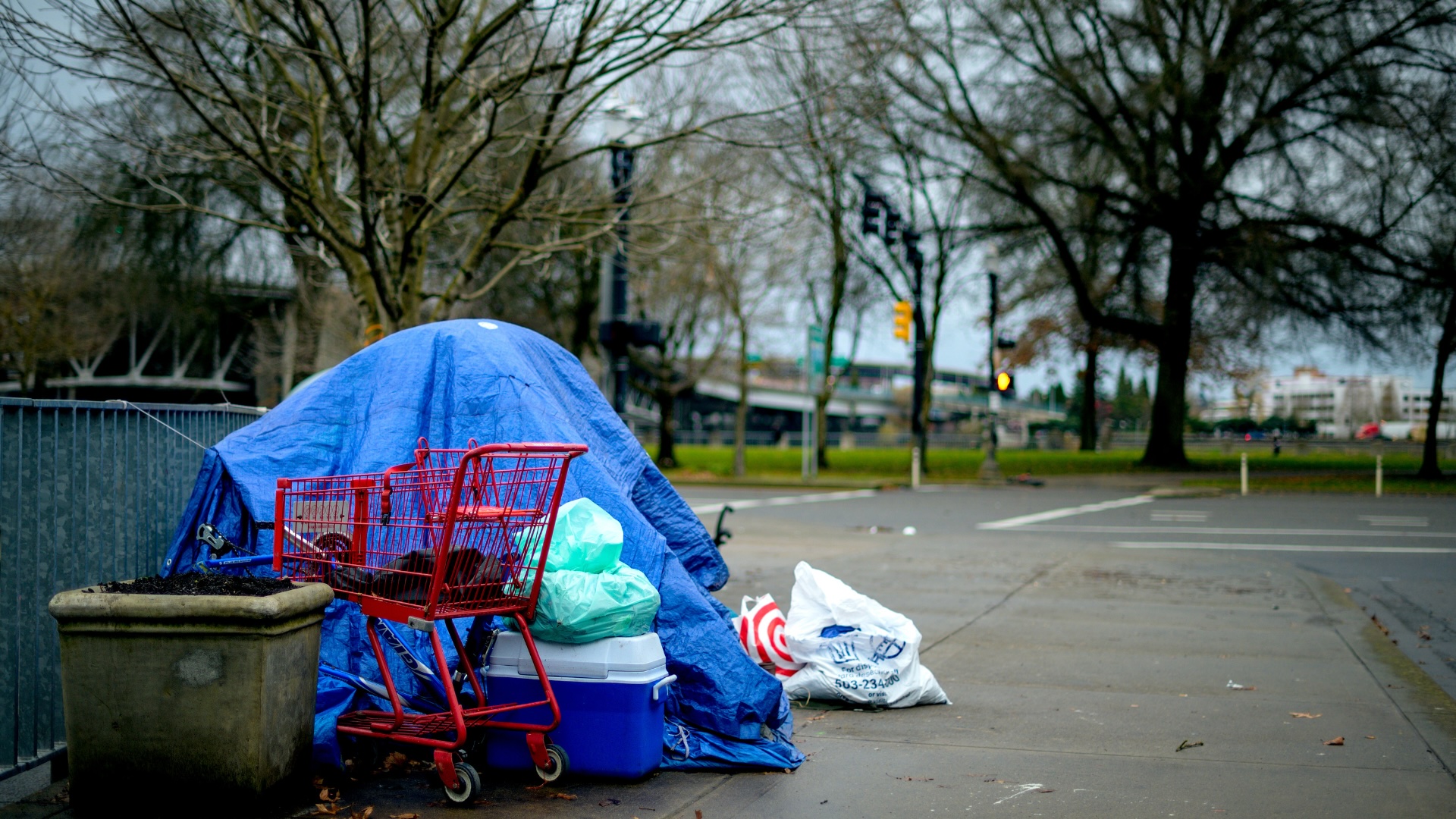Utah has a long tradition of enjoying the theatrical arts. From the early days of the Salt Lake Theatre—the crown jewel of Western theaters—to the world famous Utah Shakespearean Festival, Utahns have valued wholesome entertainment for generations.
Within a few years after their arrival in the Salt Lake Valley, a devout pioneer populace eager to begin building their church’s temple were hungry for a little of the sweet life too. So, 31 years before completing a temple carved out of a mountainside, many hundreds of volunteers set to work on the red pine beams of the Salt Lake Theatre. At the time it was the grandest building in the territory and was considered by one outside observer to be “one of the Seven Wonders of the theatrical world.”
It attracted the likes of P.T. Barnum, Wild Bill, Al Jolson and scores of acting royalty. At a cost of $100,000 (a little over $2 million in today’s dollars) it required thousands of volunteer man hours to construct and primarily used reclaimed building supplies from the disbanded Camp Floyd and wagon wreckage from the trails around the territory. The Pioneer Theater was built in 1962 (at a smaller scale) to resemble the Salt Lake Theater (which was demolished in 1928) and cost about $1.5 million to construct (over $11 million in today’s dollars). It’s sobering to think what a comparable 1,500 seat venue would cost today.
This brings us to the present-day incarnation of Salt Lake’s longing for amusement. By all accounts, the newly revealed renderings of the Utah Performing Arts Center (UPAC) are stunning. Open, airy, light-filled spaces that draw upon a pedigree of historic Utah buildings will doubtless draw visitors from near and far to enjoy marquee Broadway productions such as “Wicked” and “The Book of Mormon”. Total cost for the edifice will be an estimated $116 million ($46,400 per seat)—just a scooch more than the old Salt Lake Theatre or Pioneer Theatre cost to build.
While not many would argue with the beauty of the design and the potential to draw big-ticket shows to Utah, many have expressed reservations about the so-called “pent up demand” for another venue. Almost all the theatre management in Salt Lake, including representatives from Kingsbury Hall, Pioneer Theatre, Capitol Theatre, and Abravanell Hall have come out against publicly funding UPAC. This is not surprising, as UPAC will compete for rental space and bookings directly with many of these other venues, perhaps making their future untenable.
Back in 1892, a competitive threat to the future of the Salt Lake Theatre was neutralized when the Walker Opera House burned to the ground. It’s quite likely that one or a few of these competing theaters in Salt Lake would be headed for a similar fate, though the nature of their demise is more likely to be a financial one. As travelling productions opt for a date with the pretty new girl on the block, one nevertheless has to wonder what the ticket sales break-even point is for a building that will cost more than the combined annual property and sales tax revenues in Salt Lake City.
Most Utahns have become accustomed to the state picking up the tab for admittedly important artistic ventures, despite any legitimacy in doing so (as such things are outside the government’s proper role and delegated authority). Even the widely regarded Utah Shakespearean Festival has regularly sought money from the government to subsidize its projects, despite the fact that hundreds of area businesses are enlarged by the $35 million in economic benefit it brings in. As much as we appreciate a vibrant arts scene in Utah, we can’t see the sense in beggaring the state legislature for money when the ancillary benefits to area businesses should be enough to persuade them to voluntarily donate. If local retailers aren’t willing to fund such projects, then it amounts to redistribution of wealth to expect area residents, many of whom may not use the facility, to pay for construction through tax increases.
Rather than forcing taxpayers to fund others’ entertainment, those engaged in this industry should make a stronger case to local businesses, individual philanthropists, art lovers, and residents. Those that take a personal stake in the success of a venture tend to appreciate it more. The pioneers that built the Salt Lake Theatre with their financial contributions and bare hands should serve as an example of successful private industry benefitting all and enlarging our communities culturally and economically.




